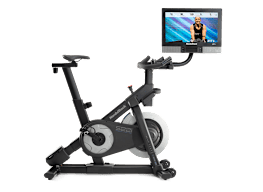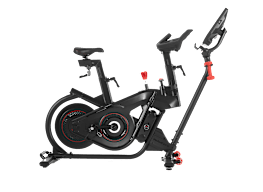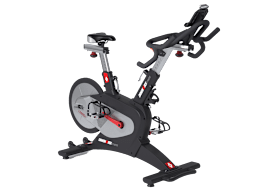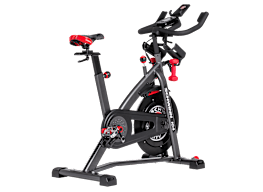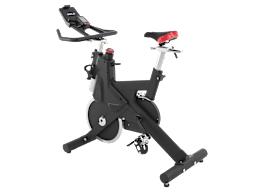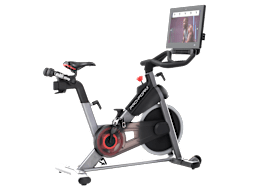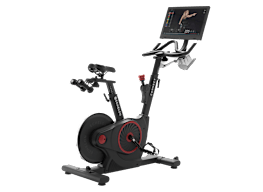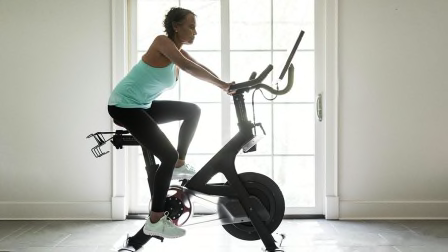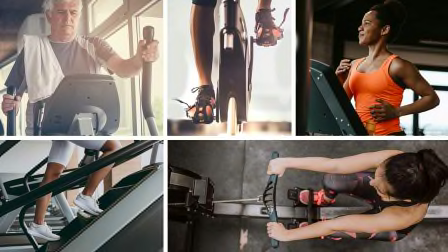Best Exercise Bikes of 2023
Adding a connected bike or a conventional stationary bike to your home gym? We can help you choose.
When you shop through retailer links on our site, we may earn affiliate commissions. 100% of the fees we collect are used to support our nonprofit mission. Learn more.
No matter your fitness level, an exercise bike—also known as an indoor cycling bike or a studio bike—offers you a low-impact cardio workout in which you can pedal as casually or intensely as you like. If you’re considering getting one, check out our buying guide to learn about different types of bikes you can buy—from connected to conventional—as well as the important factors that should inform your choice, such as adjustability, display, and how much noise it makes.
How We Picked the Best Exercise Bikes
CR’s exercise bike tests focus on studio bikes, which differ from traditional stationary bikes mainly because of the presence of a heavy flywheel, which provides both momentum and resistance, so pedaling feels more realistic. Many of these bikes also have built-in systems to connect to on-demand or live exercise classes.
How Consumer Reports Tests Exercise Bikes
CR’s testers assess every exercise bike in our labs for criteria like noise, weight, usability, adjustability, comfort, rider capacity, ease of assembly, and its user interface. We also rate the bike’s warranties—typically separated into one for its frame, one for its parts, and one for labor. Since some bikes must be plugged in to operate the digital display (but can otherwise be used without power), we also consider whether you have to plug it into an outlet.
To learn more about how we test exercise bikes, check out our buying guide.
Connected Bikes vs. Conventional Bikes
While some of these bikes have built-in systems to connect to workout apps, others—which we sometimes refer to as conventional bikes—do not. A major difference between connected and conventional bikes is cost.
The connected bikes in our tests cost between $1,500 and $1,900, while conventional bikes cost between $500 and $1,000. And while connected bikes come with the ability to access indoor cycling apps from the exercise bike’s display screen, you’ll need to sign up for a monthly subscription service to access the on-demand and live classes.
To learn more about the features of these bikes and which bike fits you best, check out our exercise bike buying guide.
Best Exercise Bikes
An exercise bike can provide regular low-impact cardio workouts, burning body fat and strengthening your legs and lower-body muscles. Adding one to your gym can be a great opportunity to try interval training, too, all from the comfort of home.



















